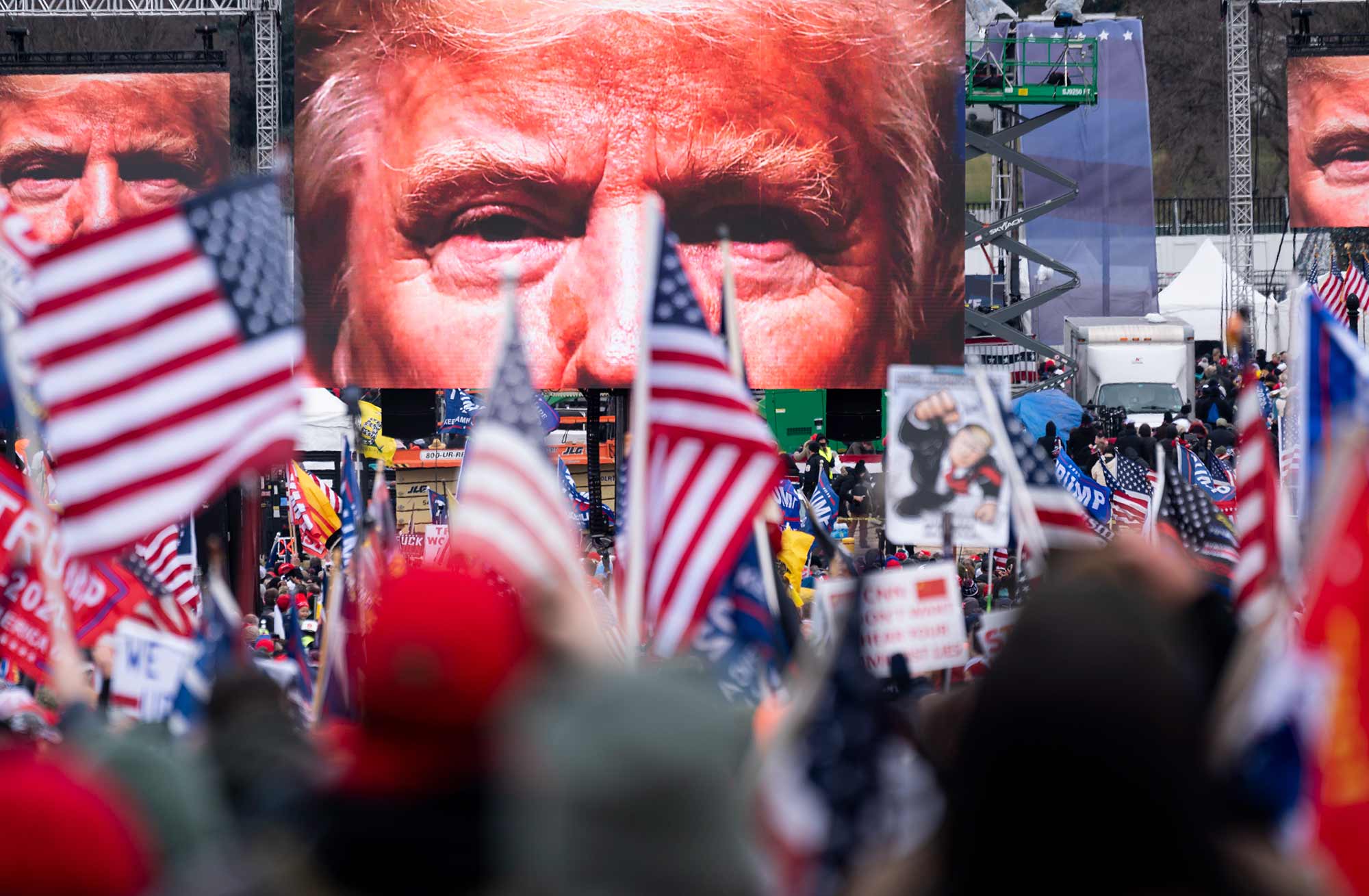As the United States approaches the 2024 presidential election, investors are keenly watching how policy changes might affect traditional safe-haven assets like gold and burgeoning digital assets like Bitcoin. Here’s an overview of how the election could sway these markets, alongside a comparison of Kamala Harris and Donald Trump’s policies that might influence them.
Impact of the Election on Gold and Bitcoin:
- Gold: Historically, gold acts as a hedge against inflation and currency debasement. With the election promising shifts in monetary policy, geopolitical tensions, and fiscal strategies, gold’s allure as a safe haven might intensify. If policies lean towards more aggressive fiscal spending or if geopolitical tensions rise, gold could see increased demand.
- Bitcoin: Bitcoin, often dubbed digital gold, has also been viewed as a hedge against inflation and economic instability. The election’s outcome could significantly affect regulatory clarity, adoption rates, and investor sentiment towards cryptocurrencies. Trump’s previous administrations’ regulatory approach versus Biden’s administration’s stricter stance provides a stark contrast for Bitcoin’s future.
Policy Comparison Table: Harris vs. Trump
| Policy Area | Kamala Harris | Donald Trump |
|---|---|---|
| Regulation & Innovation | Likely to continue or enhance regulatory scrutiny over cryptocurrencies. | Has pledged to make the U.S. a “bitcoin superpower,” suggesting lighter regulations or pro-crypto policies. |
| Fiscal Policy | Advocates for policies that might increase government spending, potentially leading to inflation concerns. | Promises tax cuts for individuals and corporations, which could boost economic growth but might also lead to higher deficits. |
| Monetary Policy | Might support policies that maintain or increase spending, which could pressure the dollar’s value. | Historically favored a stronger dollar, but recent positions might lean towards policies that could inadvertently weaken it. |
| Environmental Policies | Stronger push towards renewable energy, which might indirectly affect mining costs for Bitcoin if electricity prices rise. | Less clear on environmental commitments, potentially benefiting Bitcoin mining through lower energy regulations. |
| Geopolitical Approach | More international cooperation might stabilize markets but could also lead to unforeseen economic policies affecting gold demand. | Known for a more unilateral approach, which might increase geopolitical tensions, traditionally good for gold as a safe haven. |
Potential Impacts:
- If Kamala Harris Wins:
- Gold: Could benefit from increased spending and potential inflation fears, especially if she pushes through with policies like expanding social programs or if international tensions rise due to policy shifts.
- Bitcoin: Might face regulatory hurdles, potentially stifling growth if the administration continues or intensifies its stance against crypto for environmental or financial stability reasons.
- If Donald Trump Wins:
- Gold: Might see a temporary decrease in demand if Trump’s economic policies lead to a stronger dollar in the short term and or if global trade tensions ease. However, his unpredictable foreign policy could still spur gold buying as a hedge. Long term the dollar is the victim of printing money and it will take more than a good 4 years to fix that, with the current oversupply of USD set to kill the currency.
- Bitcoin: Could thrive if Trump follows through on his pro-crypto stance, offering regulatory clarity and potentially boosting adoption rates. However, economic policies favoring traditional industries might not directly benefit Bitcoin unless they include crypto-friendly fiscal measures.
The 2024 U.S. election stands as a pivotal moment for investors in gold and Bitcoin. While gold’s value as a traditional safe-haven asset might see fluctuations based on fiscal and geopolitical outcomes, Bitcoin’s trajectory could be dramatically shaped by regulatory environments. Investors should prepare for volatility, with each asset offering different hedges against the economic policies that could emerge post-election. Understanding these dynamics will be key for navigating the financial landscape in the coming years.
Shayne Heffernan









